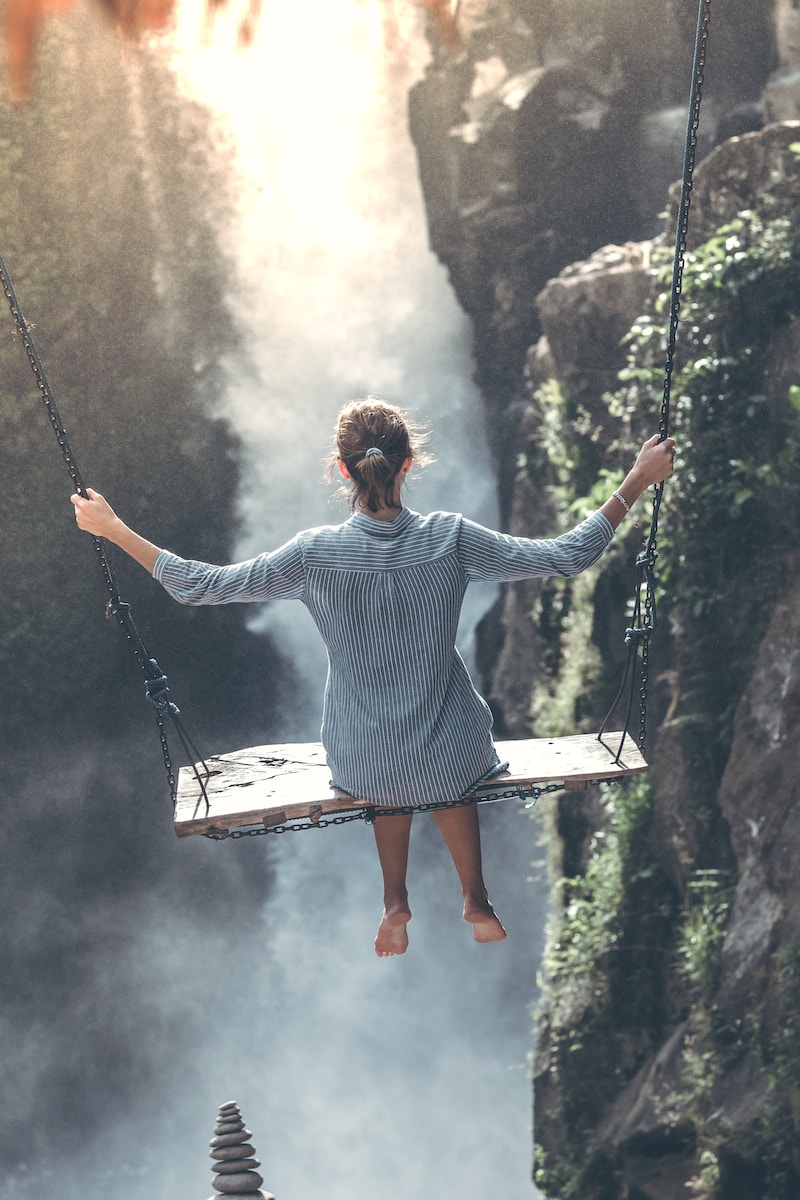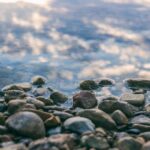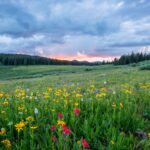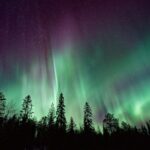Wondrous Wildlife: Snap Away with These Top Tips!
Wildlife photography is a fantastic way to capture the natural beauty of our planet and the magnificent creatures that inhabit it. Whether you’re just starting out or you’re a seasoned pro, there are always new things to learn and tips to improve your photography skills. With these top tips, you’ll be able to take stunning wildlife photos that will capture the hearts of everyone who sees them.
First and foremost, it’s essential to have the right gear. A good camera with a high-quality lens will make a huge difference in the quality of your photos. A tripod can also be an invaluable tool to help you steady your camera and get the perfect shot. Additionally, it’s important to dress for the occasion. Wear comfortable clothes and shoes that will allow you to move around easily and quietly without disturbing the wildlife.
Another important factor to consider when taking wildlife photos is the lighting. The best time of day to take photos is either early in the morning or late in the evening when the light is softer and more flattering. Avoid taking pictures in the harsh midday sun as this can create harsh shadows and make the colors appear washed out. Remember to experiment with different angles and perspectives to create unique and interesting images.
Capturing Creatures: How to Take Stunning Wildlife Photos
One of the most important skills for wildlife photography is patience. Animals can be unpredictable and may not always be in the ideal position for a great photo. Take your time and wait for the perfect moment to capture the shot. Remember to be respectful of the wildlife and never interfere with their natural behavior.
Another key aspect of wildlife photography is composition. Pay attention to the background and try to avoid distractions that may take away from the main subject. Consider the rule of thirds when framing your shot and think about including elements such as leading lines or interesting textures to add depth and interest to your photos.
Lastly, post-processing can make a huge difference in the quality of your images. While it’s important to get things right in-camera, editing can help bring out details and enhance the colors in your photos. Experiment with different editing techniques to find what works best for your style.
Picture Perfect: The Ultimate Guide to Wildlife Photography
In conclusion, wildlife photography is a rewarding and challenging pursuit that requires patience, skill, and a love for nature. With the right gear, lighting, patience, and composition, you can take stunning photos that capture the magic of the natural world. Don’t be afraid to experiment and try new things, and always remember to be respectful of the wildlife you are photographing. With these top tips, you’ll be well on your way to becoming a master of wildlife photography.




